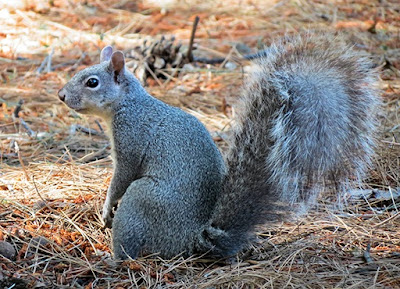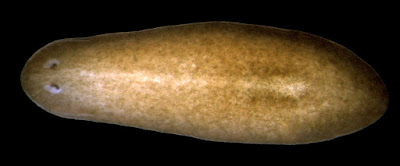Humans are also Designed to Throw

Lassoing a runaway steer takes muscle control and nervous system precision, but not a great deal of force over a long period of time. Compare that to a baseball pitcher that is firing that ball into a precise area at high speed, repeatedly, for several hours. Of the many engineered traits we have, humans are also designed to throw. Credit: Freeimages / Justin Taylor Then there's the batter who has to hit the pellet. Well, it looks like one at that speed, it may take a half a second for the ball to be released until it hits the catcher's mitt or the batter gives it a smack. Don't be telling me that you could do better, either. via GIPHY A study was done on the mechanics of pitching. If it was just up to muscle doing the work, there would not be anywhere near as much velocity. That whole wind-up and pitching motion involves the shifting of balance, extension of the arms and wrists, hip rotation, and much more. The study also paid homage to Darwin, spoiling a g...








